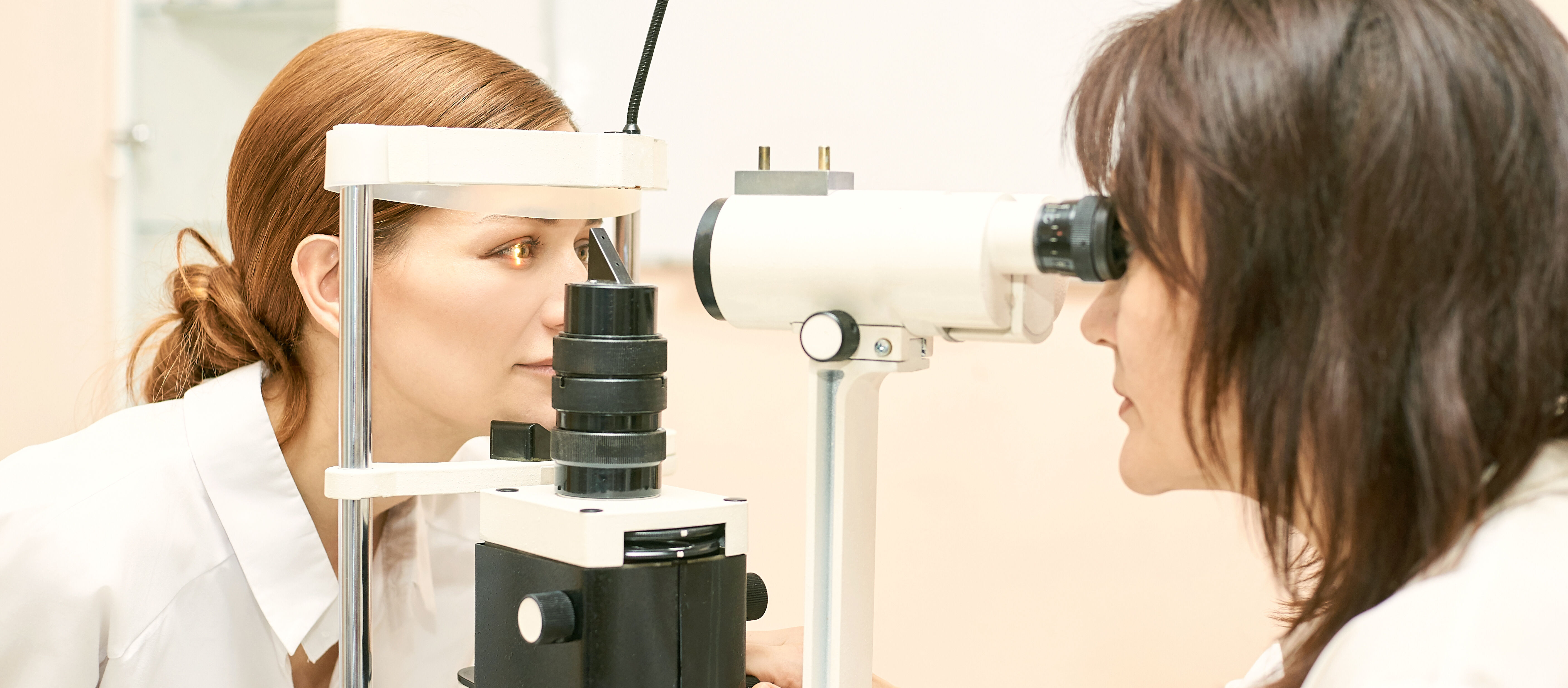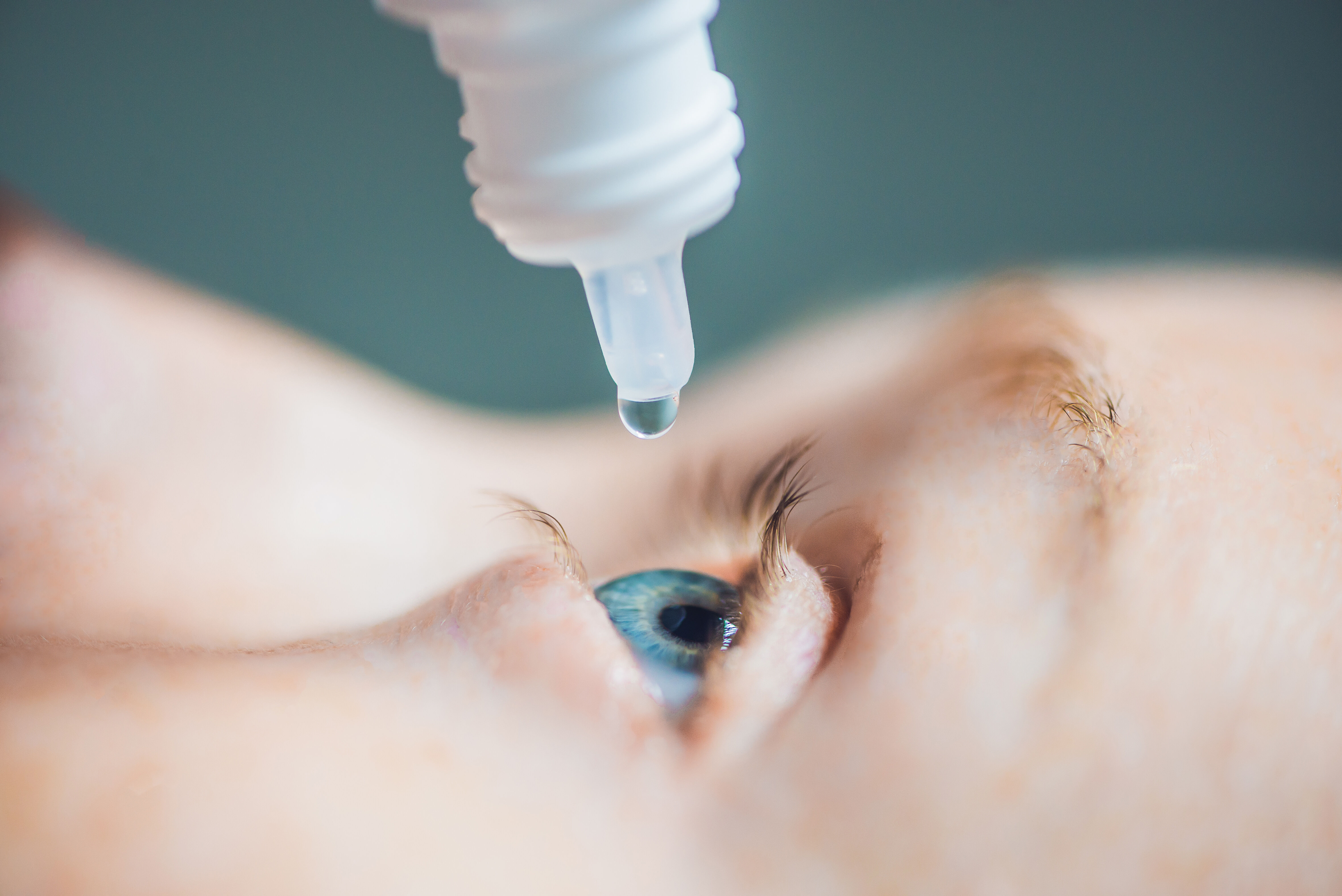Atopic keratoconjunctivitis
- February 3, 2022
- by NATALIYA KUSHNIR
- Articles
What Is Atopic Keratoconjunctivitis?
Atopic keratoconjunctivitis (AKC) is the most severe type of allergic conjunctivitis and may eventually lead to blindness. AKC typically presents in the second or third decade and may continue up to the fifth decade of life, although in rare cases may present in childhood or in the adults in their late 50s.
Disease Entity
AKC is an allergic eye disease. Allergic conjunctivitis is one of the most common ocular conditions and its incidence has increased dramatically in recent decades. It can be classified into 5 types:
- Seasonal allergic conjunctivitis
- Perennial allergic conjunctivitis
- Giant papillary conjunctivitis
- Vernal keratoconjunctivitis (vkc)
- Atopic keratoconjunctivitis (akc).
Ocular allergy may start as allergic conjunctivitis, and when it progresses to the most important for vision surface of the eye called cornea, is gets the name keratoconjunctivitis.
It is considered the ocular counterpart of atopic dermatitis, or atopic eczema.
Primary Prevention
It is important to treat the underlying allergy immediately, especially if you wear the contact lenses, as such a combination is known to cause more problems with vision and scarring.
Symptoms
Symptoms are a combination of the skin and eye involvement:
- Patches of red irritated skin on the body and face
- Itchiness of the skin and eyelids
- Eye discomfort, itching, redness, and tearing

Additional symptoms may be coming from other organs involved in allergic reaction:
- Headache and malaise
- Congestion and runny nose
- Postnasal drip and cough
- Wheezing and asthma
- Loss of concentration and poor grades in children

Causes
Atopic keratoconjunctivitis (AKC) is a bilateral chronic inflammatory disease of the ocular surface and eyelid. Its pathomechanism involves both a chronic degranulation of the mast cell mediated by IgE, and immune mechanisms mediated by Th1- and Th2-lymphocyte derived cytokines. Also eosinophils and other inflammatory cells play a role.
Risk Factors
Allergic diseases have dramatically increased in the last decades. Ocular allergy represents one of the most common ocular conditions encountered in clinical practice. A single cause of this increase cannot be pinpointed and experts are therefore considering the contribution of numerous factors, including genetics, air pollution in urban areas, pets, and early childhood exposure to large levels of certain sensitizing agents.

Atopy affects 5% to 20% of the general population, and AKC occurs in 20% to 43% of individuals with AD. So, atopic dermatitis and allergy in general are risk factors for developing AKC. Patients with atopic dermatitis (AD) have a greater risk of conjunctivitis and other ocular surface disorders (e.g., atopic keratoconjunctivitis [AKC], keratoconus, herpetic eye disease, and dry eye) than the general population.
Wearing contact lenses of any kind also is a risk factor.
Tests and Diagnosis

The slit lamp examination with fluorescent staining in the ophthalmology office is the main test that will demonstrate the changes.
Physical Examination
Skin involvement. Eczema may be seen on the eyelids, or any place on the body. Skin lesions are red and elevated. They often occur in the antecubital (front side of the elbow) or popliteal regions (back side of the knee).

Eye symptoms. Ocular findings vary. The eyelid skin may be chemotic with a fine sandpaper-like texture. There may be mild, or severe, conjunctival injection and chemosis (swelling of the conjunctiva). Giant papillae may, or may not, be present. Conjunctival scarring is common. Trantas dots may also be present. AKC patients may also develop atopic cataracts.
Ancillary Testing
Allergy skin prick test is recommended to find out which allergen needs to be eliminated from the environment, or to start immunotherapy.

Differential Diagnosis
Other eye allergic conditions are the main differential diagnosis. Other problems to be considered:
- Foreign body, conjunctiva injury
- Viral conjunctivitis (pink eye)
- Bacterial conjunctivitis
- Giant papillary conjunctivitis
- Fungal conjunctivitis
- Contact reaction to irritants and chemicals
Treatment and Drugs
Avoidance of the offending antigen is the primary behavioral modification for all types of allergic conjunctivitis; however, the eyes present a large surface area and thus it is often impossible to avoid ocular exposure to airborne allergens.
Artificial tear substitutes provide a barrier function and help to improve the first-line defense at the level of conjunctival mucosa. These agents help to dilute various allergens and inflammatory mediators that may be present on the ocular surface, and they help flush the ocular surface of these agents.
When avoidance of non-pharmacologic strategies do not provide adequate symptom relief, pharmacologic treatments may be applied topically or given systemically to diminish the allergic response.
Medical Therapy
Topical antihistamines competitively and reversibly block histamine receptors and relieve itching and redness but only for a short time. These medications do not affect other proinflammatory mediators, such as prostaglandins and leukotrienes, which remain uninhibited. A limited duration of action necessitates frequent dosing of up to 4 times per day, and topical antihistamines may be irritating to the eye, especially with prolonged use.

Combination treatments using decongestants with antihistamines have been shown to be more effective, and are administered to the eye as drops up to 4 times daily. Decongestants act primarily as vasoconstrictors and are effective in reducing erythema, however, adverse effects include burning and stinging on instillation, mydriasis, and rebound hyperemia or conjunctivitis medicamentosa and rhinitis medicamentosa with chronic use.
Surgery

Surgery is something we all try to avoid by all means. If the keratoconjuctivitis caused irreversible scarring of the cornea, a surgery may be the only chance to prevent blindness. Penetrating keratoplasty (PK) may be required in some cases. Despite the frequent occurrence of complications, PK can significantly improve vision.
Complications
The major complication of AKC is blindness due to scarring or loss of transparency of the cornea.
The other complication described in the literature:
- Atopic cataract
- Spontaneous corneal perforation
- Corneal ulcer
- Infection
- Corneal opacity: frank epithelial erosion, formation of mucous plaques, and epithelial filament
